Research on High-Speed Catamaran Motion Reduction with Semi-Active Control of Flexible Pontoon
Abstract
:1. Introduction
2. Rescue Vessel Structure and Dynamic Characteristics
2.1. Structural Characteristics of the Rescue Vessel
2.2. Dynamic Model of the Rescue Vessel
3. Vertical Dynamic Characteristics of Flexible Pontoons
3.1. Mechanical Properties of Flexible Inflatable Pontoons
3.2. Dynamical Model of Flexible Inflatable Pontoons
- (1)
- The flexible inflatable pontoon is composed of PVC sandwich fabric, which is considered to be an incompressible material within the pressure-bearing limit. This implies that both the circumference and length of the pontoon remain constant [27].
- (2)
- The force analysis only takes into account the cylindrical section of the flexible inflatable pontoon, while neglecting the effects of the conical section.
- (3)
- The initial cross-section of the inflatable pontoon is assumed to be a regular circle. However, after compression deformation occurs in the non-contact section, the cross-section shape is replaced by a regular arc with an unchanged radius [28].
- (4)
- The gas state variation within the flexible inflatable pontoon is considered to be an isothermal process.
3.3. Experimental Verification of the Dynamic Properties of Flexible Pontoons
4. Semi-Active Control System Based on the Dynamic Characteristics of Flexible Pontoons
4.1. Design of the Semi-Active Control System
4.2. LQR Controller Design
4.3. LQR Weighting Coefficient Optimization Based on Genetic Algorithm
5. Simulation Results and Discussion
6. Conclusions
Author Contributions
Funding
Institutional Review Board Statement
Informed Consent Statement
Data Availability Statement
Acknowledgments
Conflicts of Interest
Nomenclature
| R | Flexible pontoon radius | ||
| Greeks | L | Flexible pontoon length | |
| ω(t) | Gaussian white noise | a | The chord length of the pontoon corresponding to the rigid sky |
| α | Central angle of a | b | The chord length of the pontoon corresponding to the wave |
| β | Central angle of b | x | Compression of the pontoon |
| θ | The center angle corresponding to the arc of the non-contact section | S0 | The plane area of the rigid-sky-bottom chord length |
| h | Distance from the end of the rigid sky to the surface of the wave | ||
| Variables | p | Internal pressure | |
| pa | Standard atmosphere | ||
| w | Wave vertical excitation displacement | V | Flexible pontoon volume |
| zu | Displacement of the flexible pontoon in the vertical direction | C | Constant |
| zs | Displacement of the payload in the vertical direction | m | Gas polytropic index |
| qj | The jth generalized coordinate | e1 | The weight coefficient of suspension dynamic travel |
| Qj | Generalized force for the jth generalized coordinate | e2 | The weight coefficient of pontoon dynamic displacement |
| T | System kinetic energy | e3 | The weight coefficient of payload vertical acceleration |
| N | Number of complete constraint equations | Q | Semi-definite state weighting matrix |
| v | Speed of the high-speed vessel | R | Positive definite control weighting matrix |
| f0 | Lower cut-off frequency of ocean waves | N | Correlation weighting matrix |
| G0 | Simulated wave state | K | Optimal feedback matrix |
| U | Active control force of flexible pontoon | P | Auxiliary matrix |
References
- Lawther, A.; Griffin, M.J. A survey of the occurrence of motion sickness amongst passengers at sea. Aviat. Space Environ. Med. 1988, 59, 399–406. [Google Scholar] [PubMed]
- Lawther, A.; Griffin, M.J. The motion of a ship at sea and the consequent motion sickness amongst passengers. Ergonomics 1986, 29, 535–552. [Google Scholar] [CrossRef] [PubMed]
- Fang, C.; Chan, H. An investigation on the vertical motion sickness characteristics of a high-speed catamaran ferry. Ocean Eng. 2007, 34, 1909–1917. [Google Scholar] [CrossRef]
- Stevens, S.C.; Parsons, M.G. Effects of Motion at Sea on Crew Performance: A Survey. Mar. Technol. 2002, 39, 29–47. [Google Scholar] [CrossRef]
- Lovalekar, M.; Perlsweig, K.A.; Keenan, K.A.; Baldwin, T.M.; Caviston, M.; McCarthy, A.E.; Parr, J.J.; Nindl, B.C.; Beals, K. Epidemiology of musculoskeletal injuries sustained by Naval Special Forces Operators and students. J. Sci. Med. Sport 2017, 20 (Suppl. 4), S51–S56. [Google Scholar] [CrossRef]
- Peterson, S.N.; Call, M.H.; Wood, D.E.; Unger, D.V.; Sekiya, J.K. Injuries in Naval Special Warfare Sea, Air, and Land Personnel: Epidemiology and Surgical Management. Oper. Techn. Sport Med. 2005, 13, 131–135. [Google Scholar] [CrossRef]
- Townsend, N.C.; Coe, T.E.; Wilson, P.A.; Shenoi, R.A. High-speed marine craft motion mitigation using flexible hull design. Ocean Eng. 2012, 42, 126–134. [Google Scholar] [CrossRef]
- McMorris, T.; Myers, S.; Dobbins, T.; Hall, B.; Dyson, R. Seating type and cognitive performance after 3 h travel by high-speed boat in sea states 2–3. Aviat. Space Environ. Med. 2009, 80, 24–28. [Google Scholar] [CrossRef]
- Halswell, P.K.; Wilson, P.A.; Taunton, D.J.; Austen, S. An experimental investigation into whole body vibration generated during the hydroelastic slamming of a high speed craft. Ocean Eng. 2016, 126, 115–128. [Google Scholar] [CrossRef]
- Pandey, J.; Hasegawa, K. Study on Turning Manoeuvre of Catamaran Surface Vessel with a Combined Experimental and Simulation Method. IFAC-PapersOnLine 2016, 49, 446–451. [Google Scholar] [CrossRef]
- Coe, T.E.; Xing, J.T.; Shenoi, R.A.; Taunton, D. A simplified 3-D human body–seat interaction model and its applications to the vibration isolation design of high-speed marine craft. Ocean Eng. 2009, 36, 732–746. [Google Scholar] [CrossRef]
- Li, J.; Bai, X.; Li, Y.; Du, H.; Fan, F.; Li, S.; Li, Z.; Xiong, W. Investigation of a Cabin Suspended and Articulated Rescue Vessel in Terms of Motion Reduction. J. Mar. Sci. Eng. 2022, 10, 1966. [Google Scholar] [CrossRef]
- Fratello, J.; Ahmadian, M. Multi-body dynamic simulation and analysis of wave-adaptive modular vessels. In Proceedings of the 11th International Conference on Fast Sea Transportation FAST 2011, Honolulu, HI, USA, 1 January 2011; pp. 777–783. [Google Scholar]
- Dhanak, M.R.; Ananthakrishnan, P.; Frankenfield, J.; von Ellenrieder, K. Seakeeping characteristics of a wave-adaptive modular unmanned surface vehicle. In Proceedings of the International Conference on Offshore Mechanics and Arctic Engineering—OMAE, Nantes, France, 9–14 June 2013. [Google Scholar] [CrossRef]
- Mousaviraad, M.; Conger, M.; Stern, F.; Peterson, A.; Ahmadian, M. Validation of CFD-MBD FSI for high-fidelity simulations of full-scale WAM-V Sea-Trials with suspended payload. In Proceedings of the 13th International Conference on Fast Sea Transportation, FAST 2015, Washington, DC, USA, 2–4 September 2015. [Google Scholar] [CrossRef]
- Ferrandis, D.Á.; Brizzolara, S.; Chryssostomidis, C. Influence of large hull deformations on the motion response of a fast catamaran craft with varying stiffness. Ocean Eng. 2018, 163, 207–222. [Google Scholar] [CrossRef]
- Han, J.; Maeda, T.; Kinoshita, T.; Kitazawa, D. Towing Test and Motion Analysis of a Motion-Controlled Ship-Based on an Application of Skyhook Theory. In Proceedings of the 12th International Conference on the Stability of Ships and Ocean Vehicles, Glasgow, UK, 14–19 June 2015. [Google Scholar]
- Kanno, S.; Han, J.; Maeda, T.; Yoshida, T.; Kitazawa, D. Numerical Simulation of Motion controlled Fishery Boat with Harvesting Wave Energy. In Proceedings of the ASME 2017 36th International Conference on Ocean, Offshore and Arctic Engineering, OMAE 2017, Trondheim, Norway, 25–30 June 2017. [Google Scholar] [CrossRef]
- Han, J.; Kitazawa, D.; Kinoshita, T.; Maeda, T.; Itakura, H. Experimental investigation on a cabin-suspended catamaran in terms of motion reduction and wave energy harvesting by means of a semi-active motion control system. Appl. Ocean Res. 2019, 83, 88–102. [Google Scholar] [CrossRef]
- Alex, R.J.; Richard, M. A Revolutionary Ride Control System for Multi-Hull High Speed Marine Vessels. In Proceedings of the Proceedings of the International Conference High Speed Marine Vessels, Fremantle, Australia, 2–3 March 2011. [Google Scholar]
- Yachts, S. Velodyne Marine. 2023. Available online: https://www.yachtsinternational.com/owners-lounge/velodyne-marine (accessed on 12 August 2023).
- Li, J.; Xiong, W.; Wang, H. The Research on Modeling and Simulation of Wave Adaptive Vessel. In Proceedings of the 8th IEEE International Conference on Fluid Power and Mechatronics, FPM 2019, Wuhan, China, 10–13 April 2019; pp. 1055–1059. [Google Scholar] [CrossRef]
- Zhang, B.; Xu, T.; Wang, H.; Huang, Y.; Chen, G. Vertical Tire Forces Estimation of Multi-Axle Trucks Based on an Adaptive Treble Extend Kalman Filter. Chin. J. Mech. Eng. 2021, 34, 55. [Google Scholar] [CrossRef]
- Theunissen, J.; Tota, A.; Gruber, P.; Dhaens, M.; Sorniotti, A. Preview-based techniques for vehicle suspension control: A state-of-the-art review. Annu. Rev. Control 2021, 51, 206–235. [Google Scholar] [CrossRef]
- Balan, R.M. Stochastic wave equation with Lévy white noise. arXiv 2021, arXiv:2111.14242. [Google Scholar] [CrossRef]
- Nigwal, D.; Pasi, D.K.; Chouksey, M. Effect of nonlinear conical springs on the vibration characteristics of seven degree-of-freedom car model using MATLAB/Simscape. Int. J. Dynam. Control 2023, 11, 491–503. [Google Scholar] [CrossRef]
- Yu, L.; Li, Y.; Xia, L.; Ding, J.; Yang, Q. Research on mechanics of ship-launching airbags I-Material constitutive relations by numerical and experimental approaches. Appl. Ocean Res. 2015, 52, 222–233. [Google Scholar] [CrossRef]
- Gao, D.; Lu, F. Study on shock response of cushion packaging system based on combined model using hyperbolic tangent and tangent functions with consideration of rotation effect. Appl. Mech. Mater. 2011, 102, 1161–1166. [Google Scholar] [CrossRef]
- Holtz, M.W.; Niekerk, J.L.V. Modelling and design of a novel air-spring for a suspension seat. J. Sound Vib. 2010, 329, 4354–4366. [Google Scholar] [CrossRef]
- Zhou, R.; Zhang, B.; Li, Z. Dynamic modeling and computer simulation analysis of the air spring suspension. J. Mech. Sci. Technol. 2022, 36, 1719–1727. [Google Scholar] [CrossRef]
- An, J.; Chen, G.; Deng, X.; Xi, C.; Wang, T.; He, H. Analytical study of a pneumatic quasi-zero-stiffness isolator with mistuned mass. Nonlinear Dyn. 2022, 108, 3297–3312. [Google Scholar] [CrossRef]
- Guomin, X.; Wei ZH, O.U.; Lin, H. Vertical dynamic characteristics of cuboid type air springs. J. Vib. Shock 2018, 37, 248–253. Available online: http://jvs.sjtu.edu.cn/EN/Y2018/V37/I7/247 (accessed on 13 August 2023).
- Zhang, X.; Cao, Q.; Qiu, H.; Liang, T.; Huang, W. Dynamic Analysis of a Loading-Adapting Quasi-Zero-Stiffness Isolation System Based on the Rolling Lobe Air-Springs. J. Vib. Eng. Technol. 2022, 10, 3207–3225. [Google Scholar] [CrossRef]
- Wei, Y.; Wu, M.; Tang, Z.; Yang, L.; Lv, J. Nonlinear Transfer Characteristics of Air Spring Struts with High-Fidelity Quarter-Car Tests and Theoretical Modeling. J. Vib. Eng. Technol. 2023, 11, 2453–2465. [Google Scholar] [CrossRef]
- Lai, F.; Deng, Z. Integrated control of automotive four wheel steering and active suspenion systems based on unifrom model. In Proceedings of the ICEMI 2009—Proceedings of 9th International Conference on Electronic Measurement and Instruments, Beijing, China, 16–19 August 2009; pp. 3551–3556. [Google Scholar] [CrossRef]
- Miyamoto, K.; She, J.; Sato, D.; Yasuo, N. Automatic determination of LQR weighting matrices for active structural control. Eng Struct. 2018, 174, 308–321. [Google Scholar] [CrossRef]
- Hu, J.; Liu, R.; Xie, Z.; Zhang, D.; Zhu, G. Research on an Active Vibration Isolation System with Hybrid Control Strategy for The Guidance System of TBM. J. Vib. Eng. Technol. 2023. [Google Scholar] [CrossRef]
- Habib, M.; Khoucha, F.; Harrag, A. GA-based robust LQR controller for interleaved boost DC-DC converter improving fuel cell voltage regulation. Electr. Power Syst. Res. 2017, 152, 438–456. [Google Scholar] [CrossRef]
- Ghoreishi, S.A.; Nekoui, M.A. Optimal Weighting Matrices Design for LQR Controller Based on Genetic Algorithm and PSO. AMR 2012, 433–440, 7546–7553. [Google Scholar] [CrossRef]
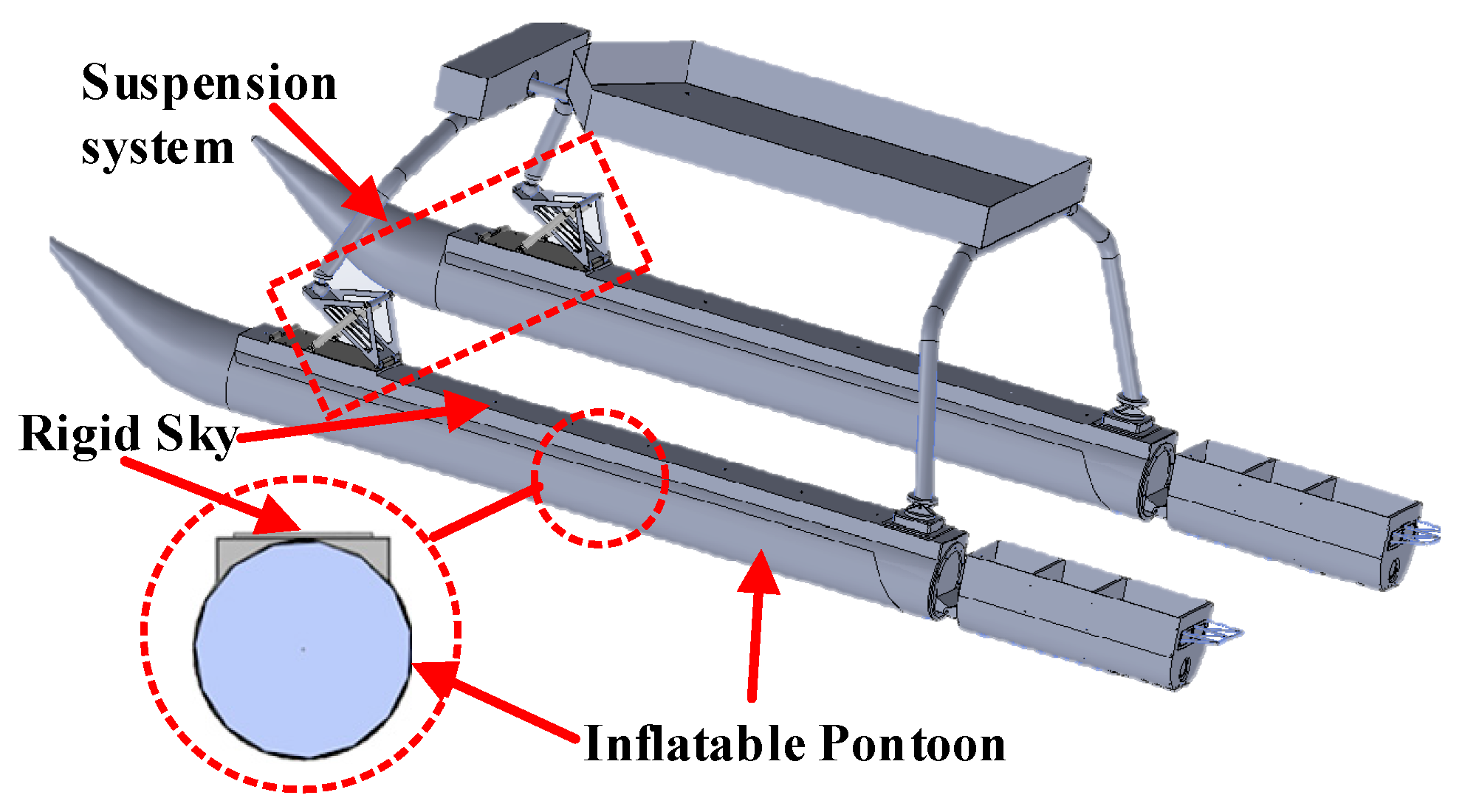
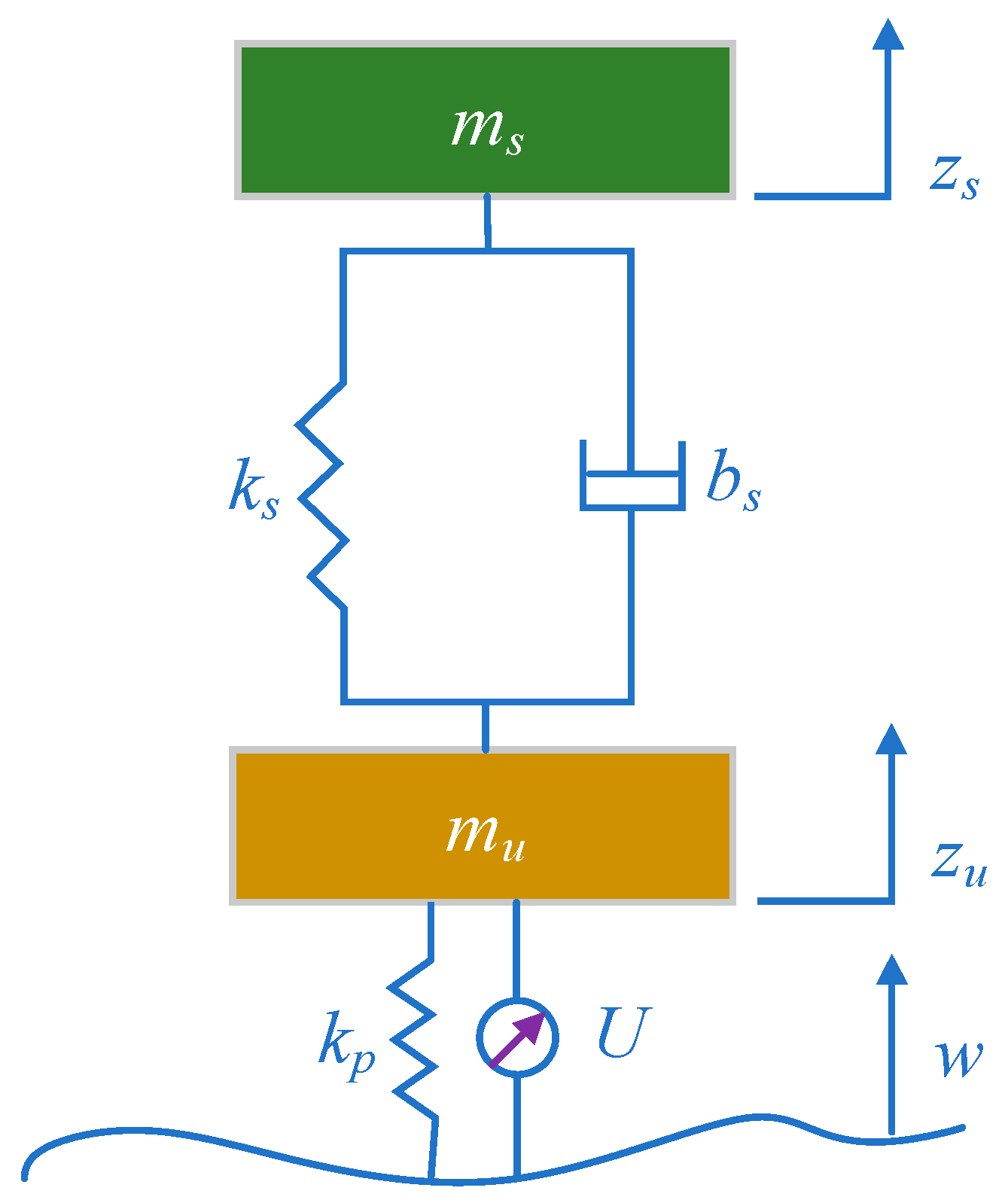
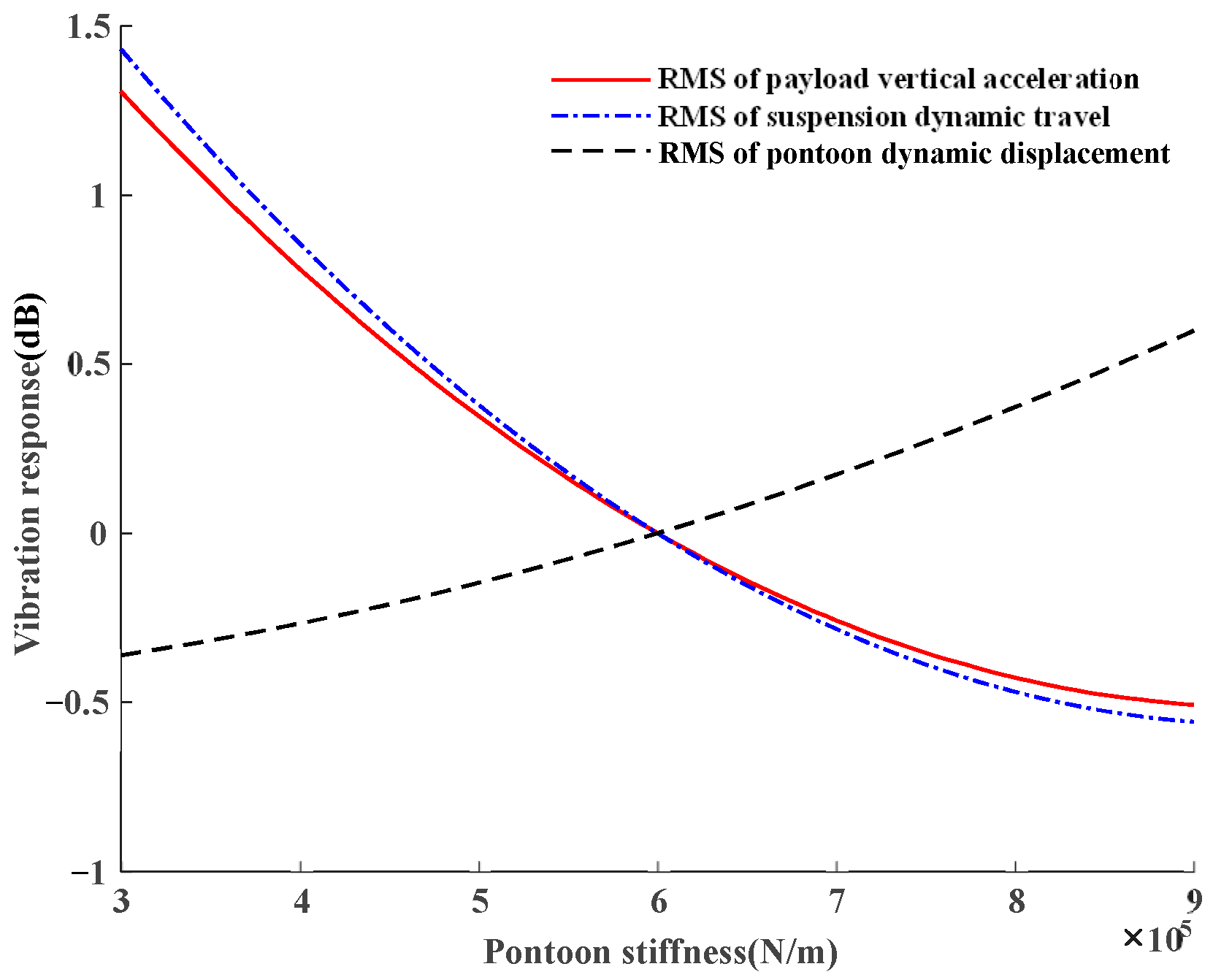
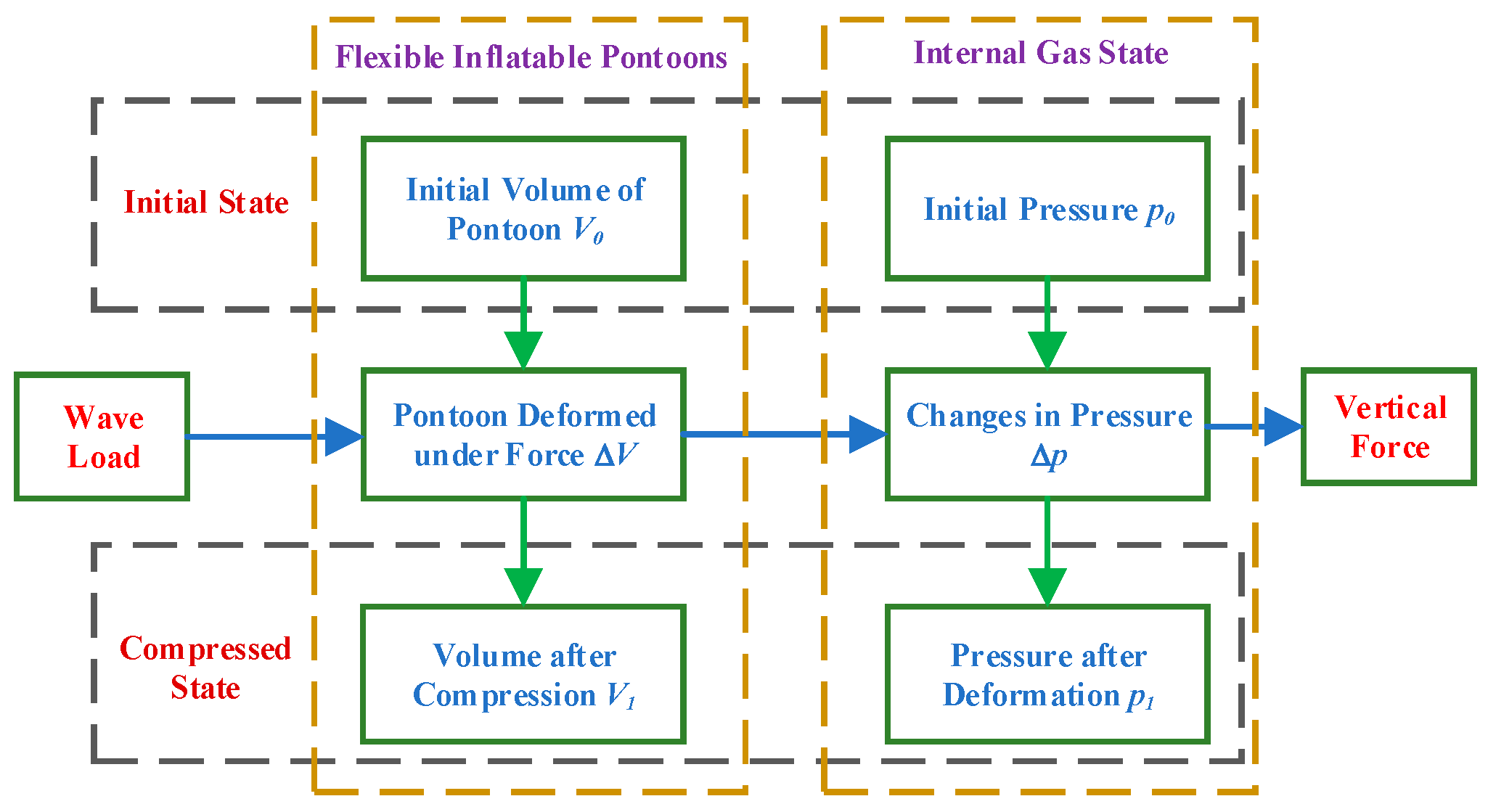
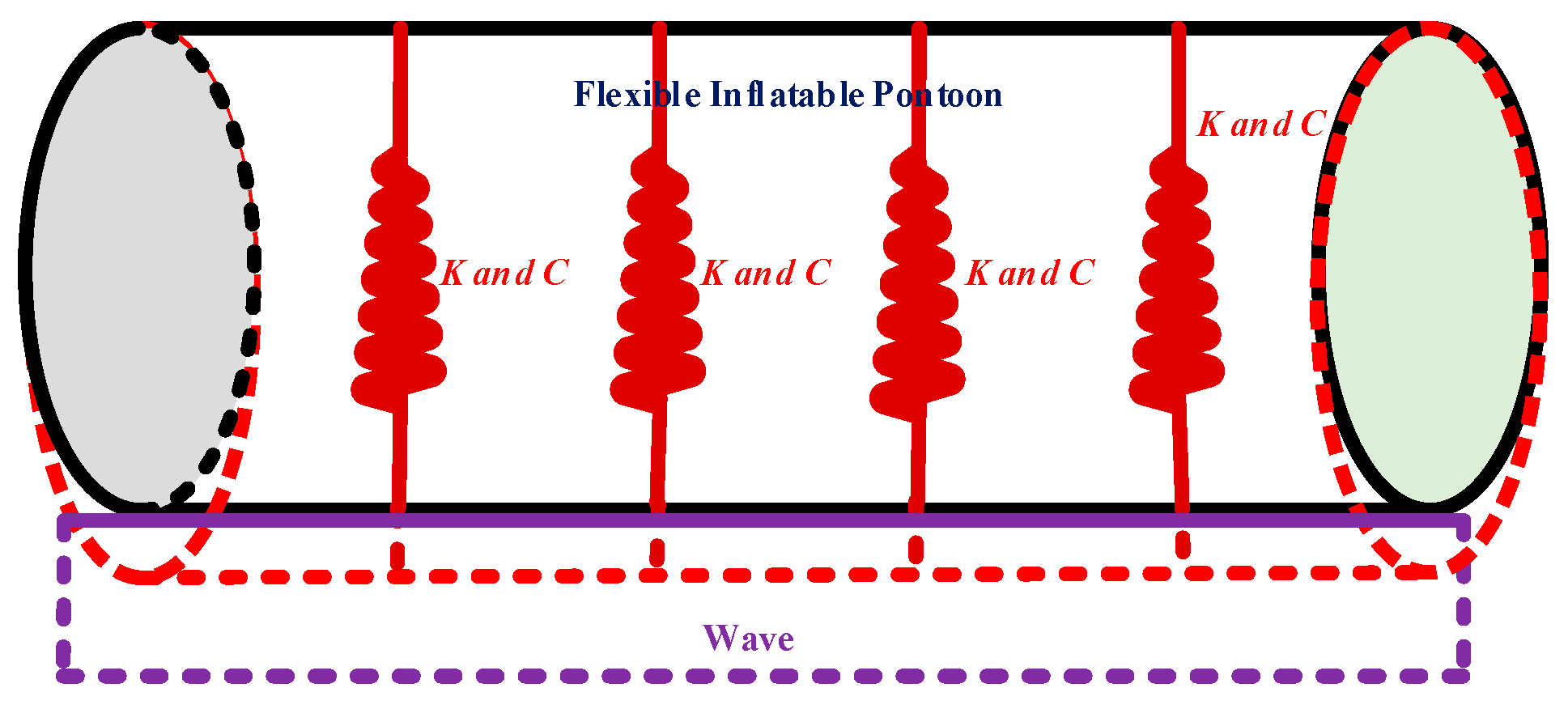
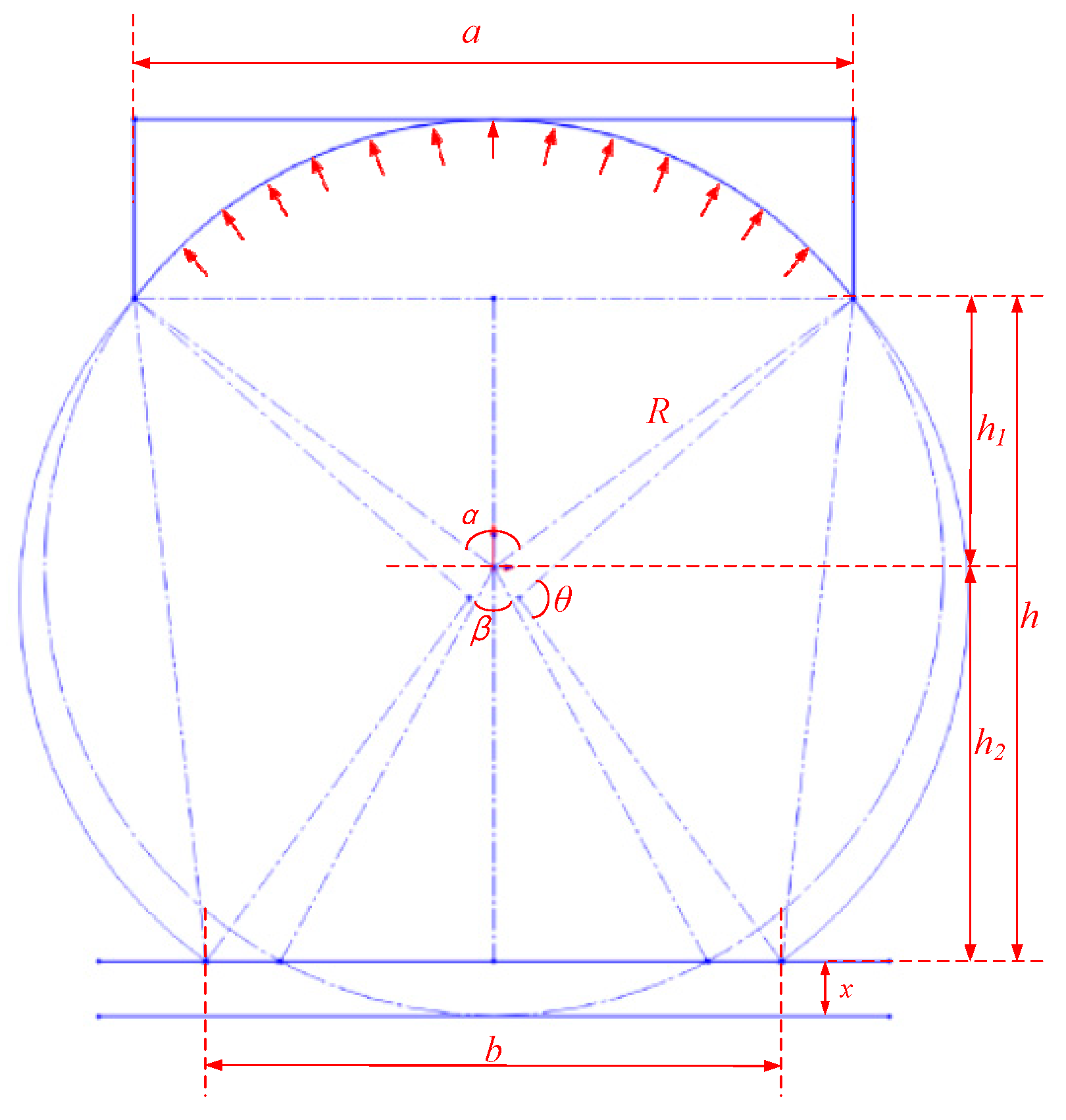
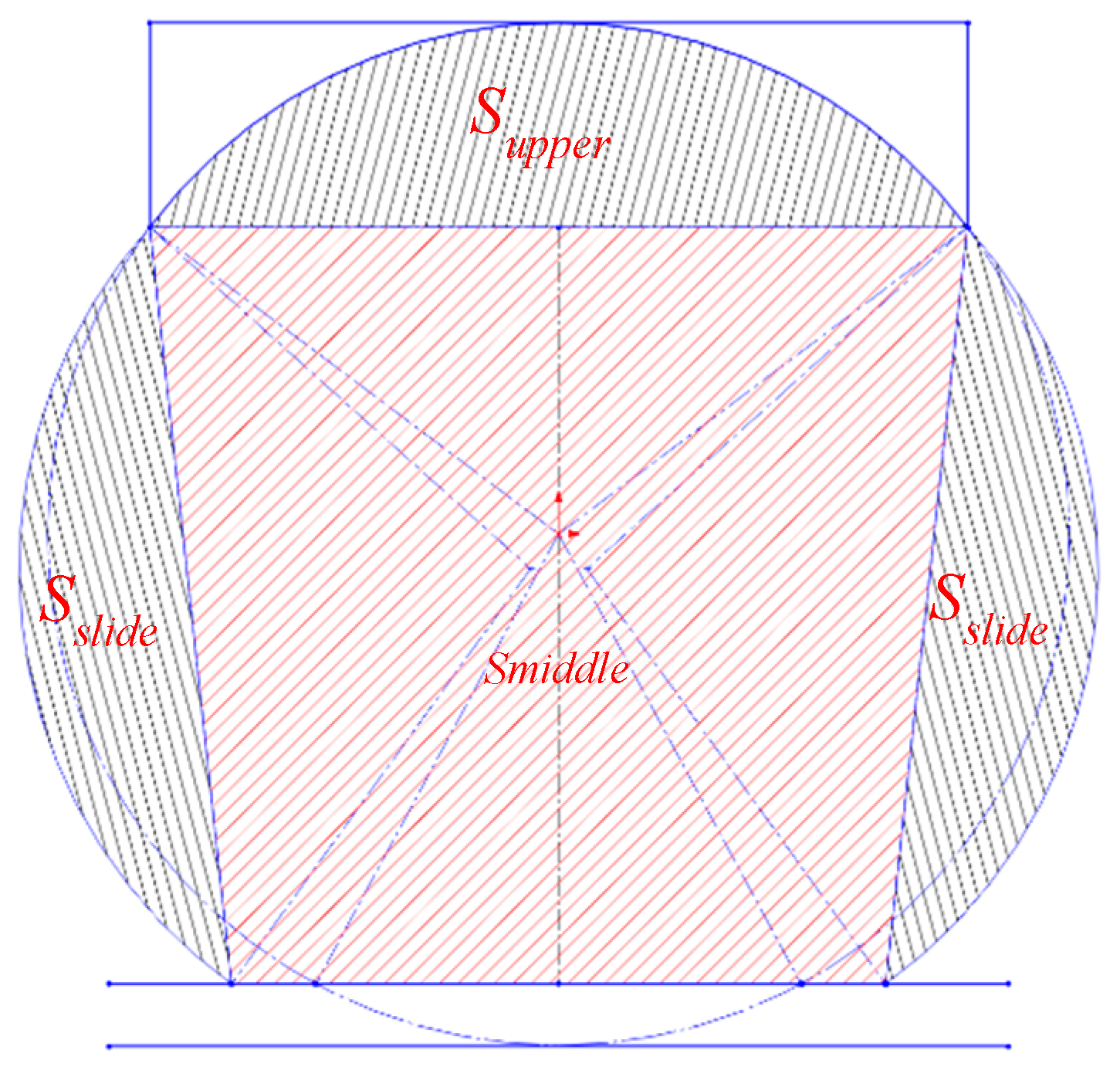
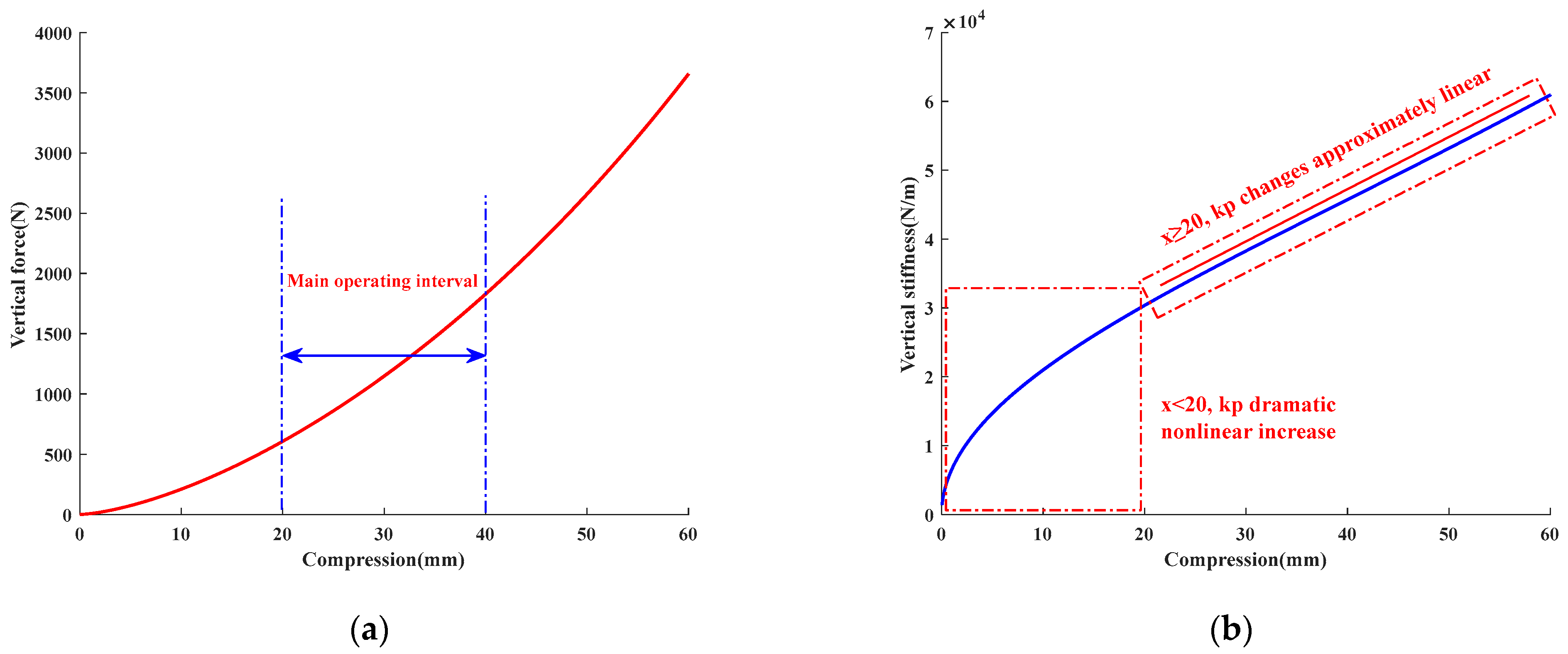
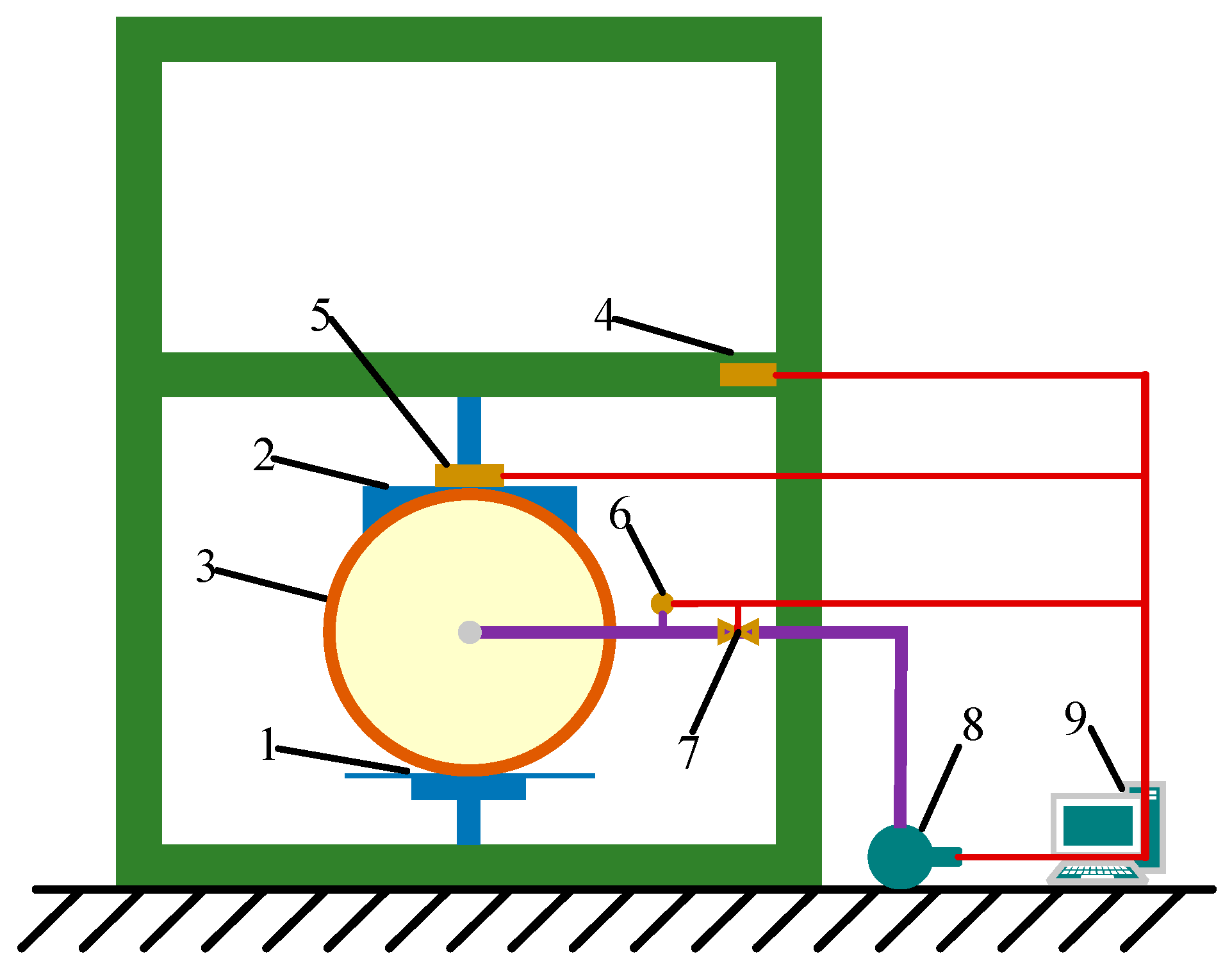
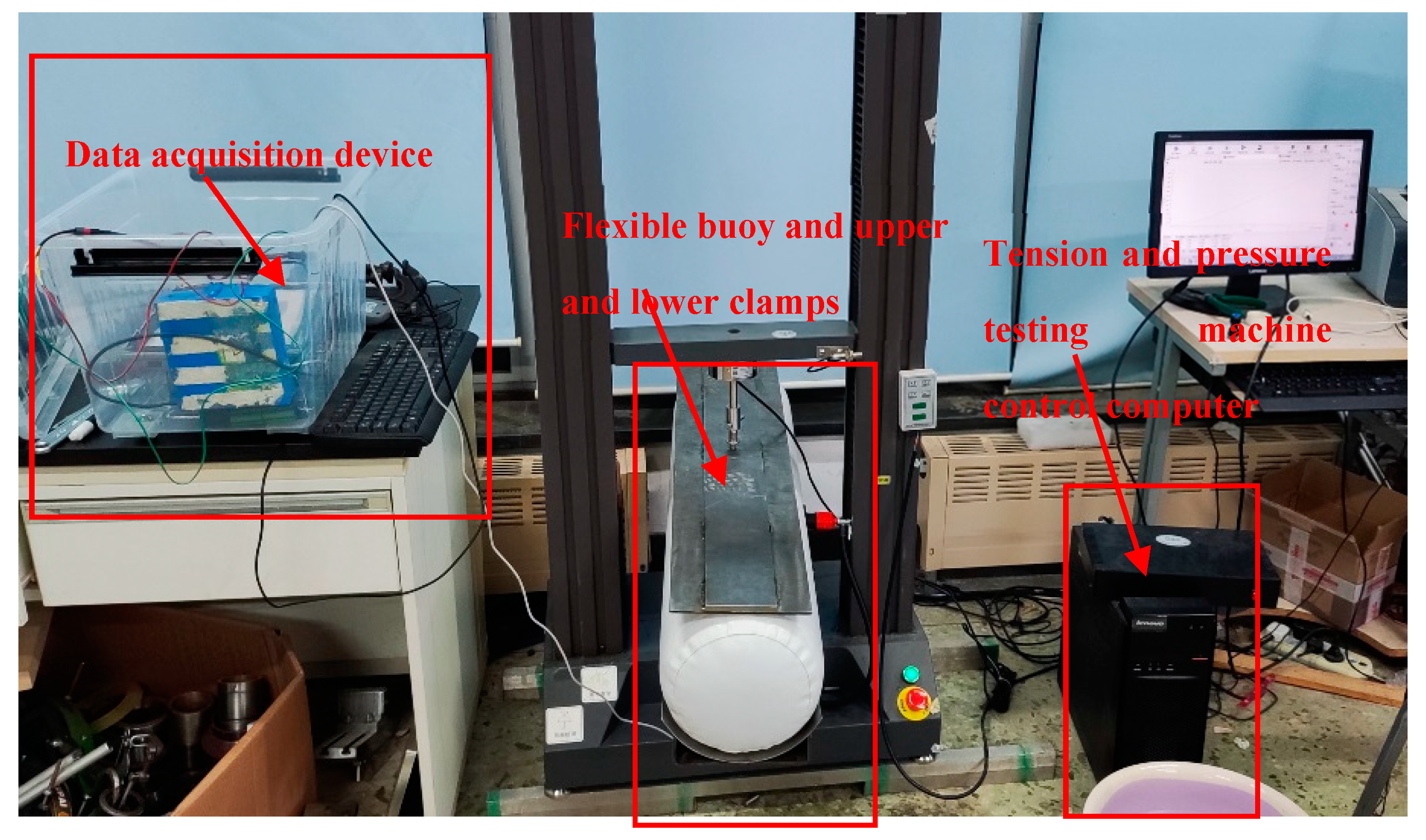
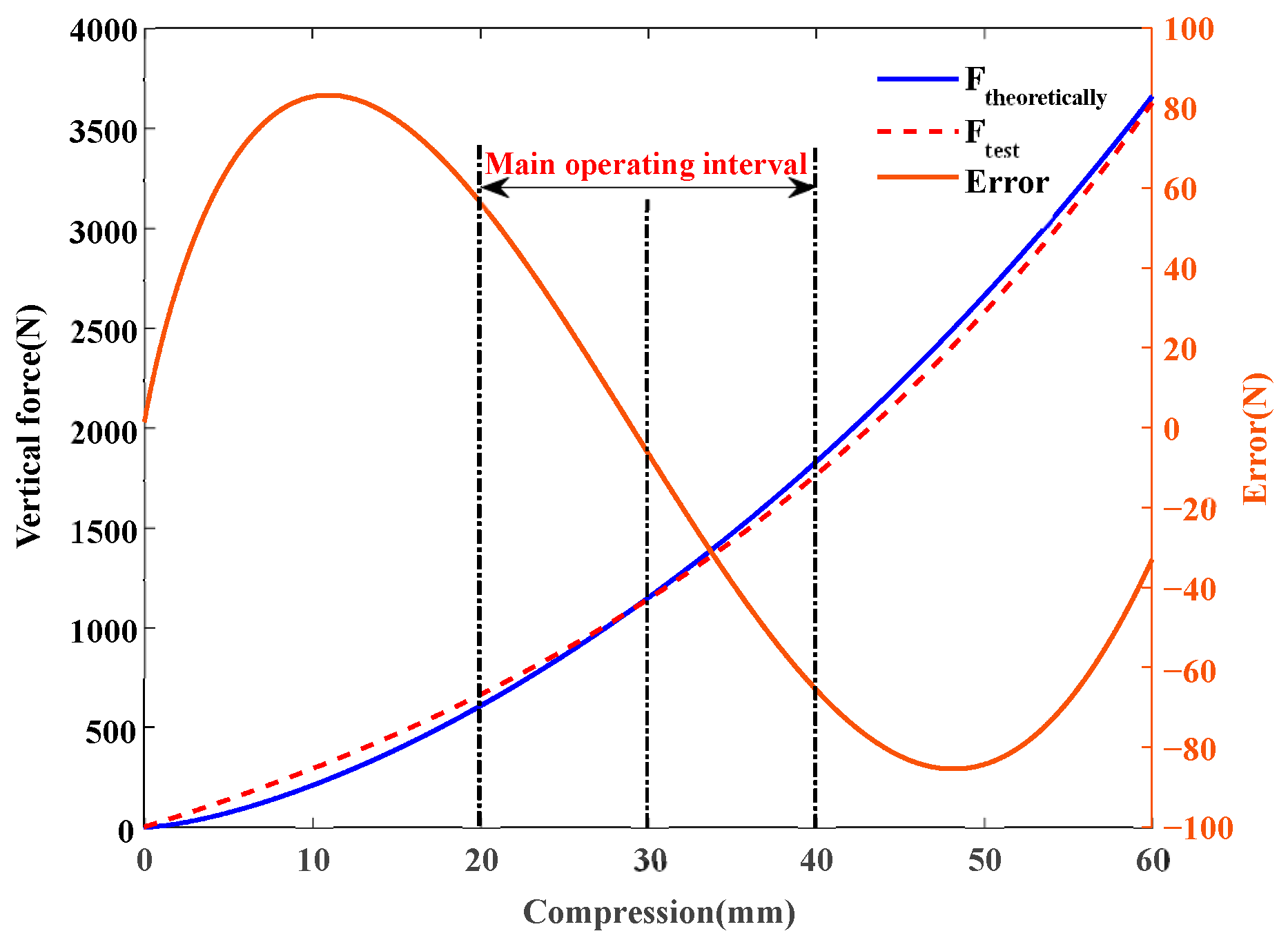
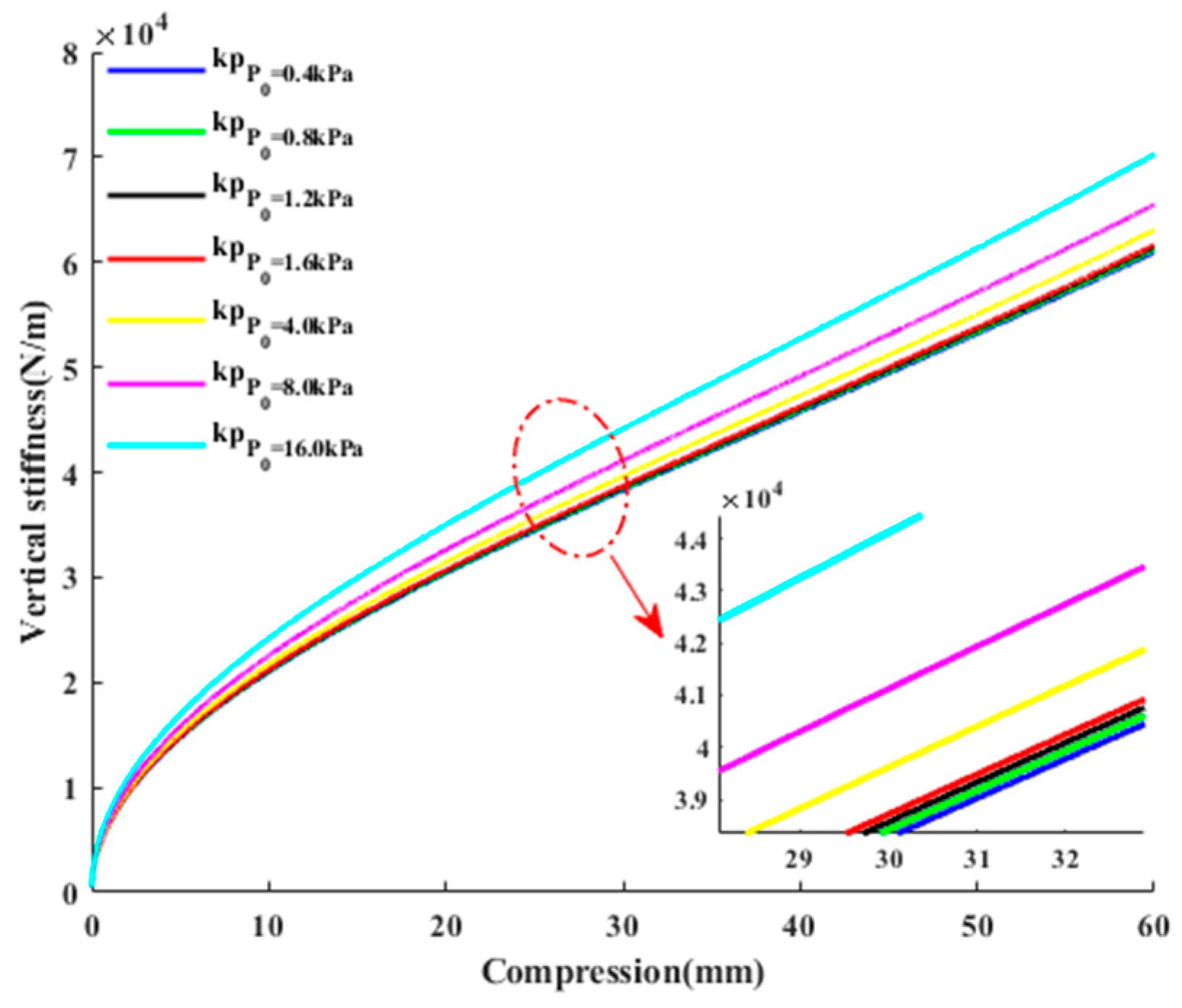
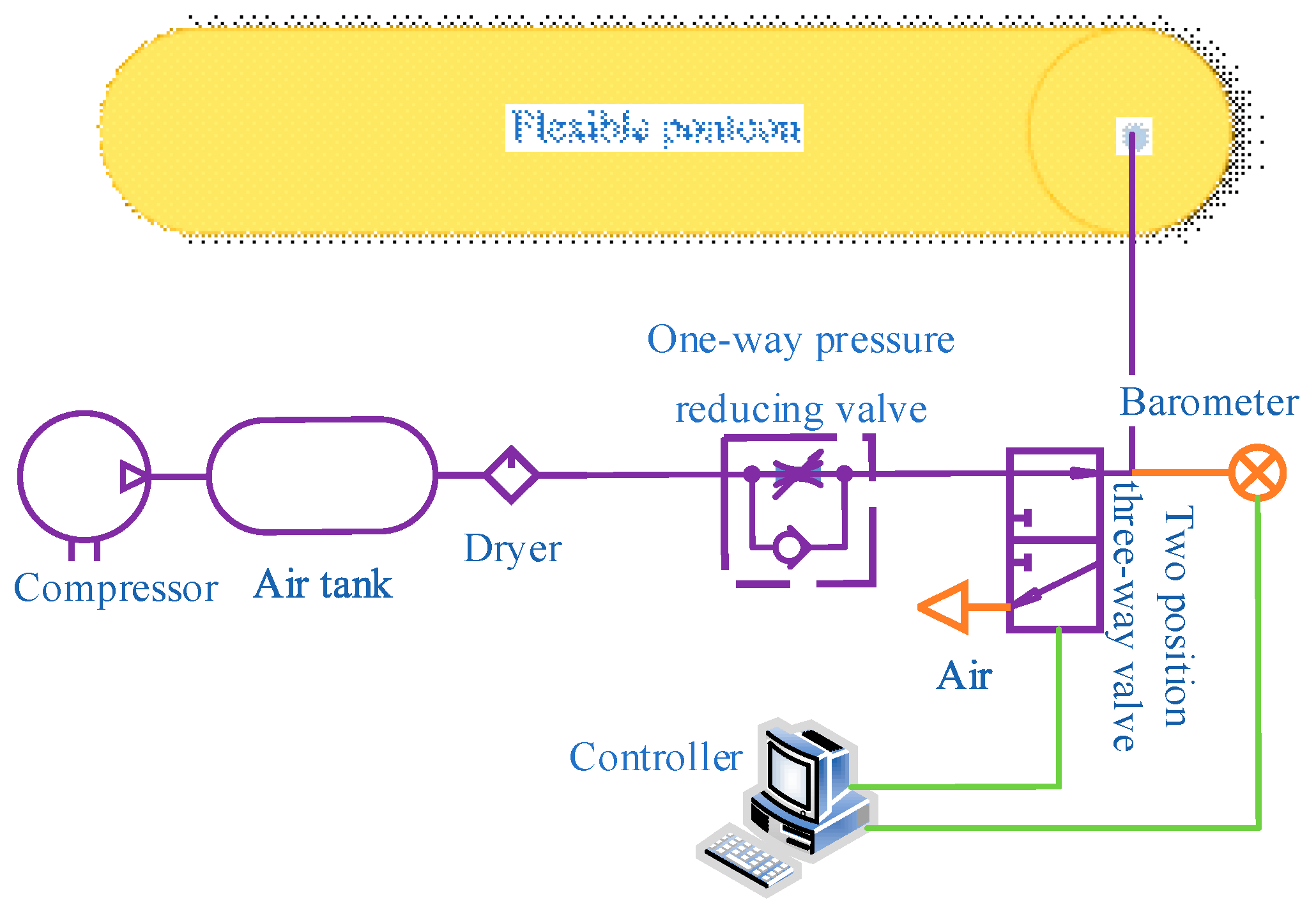
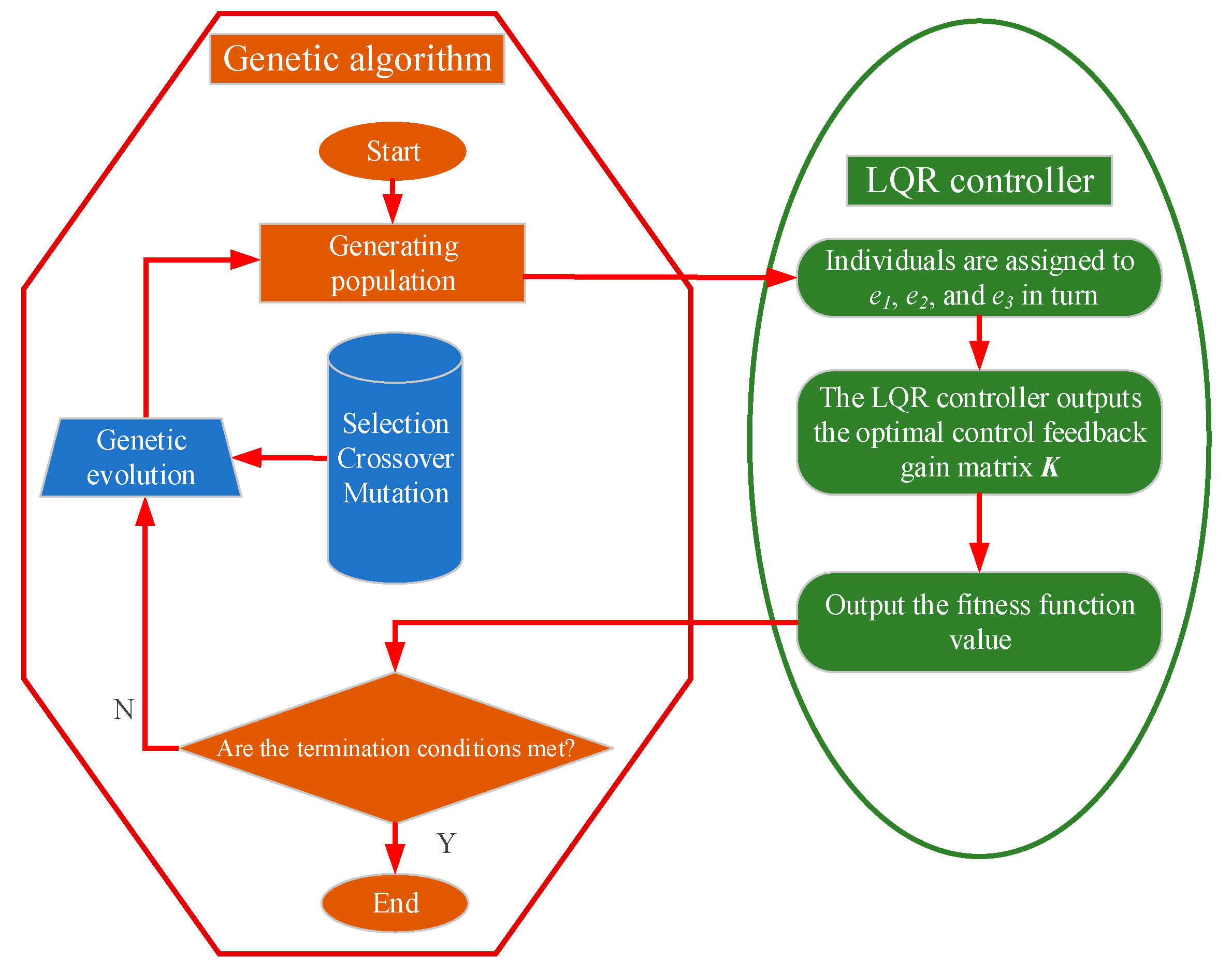
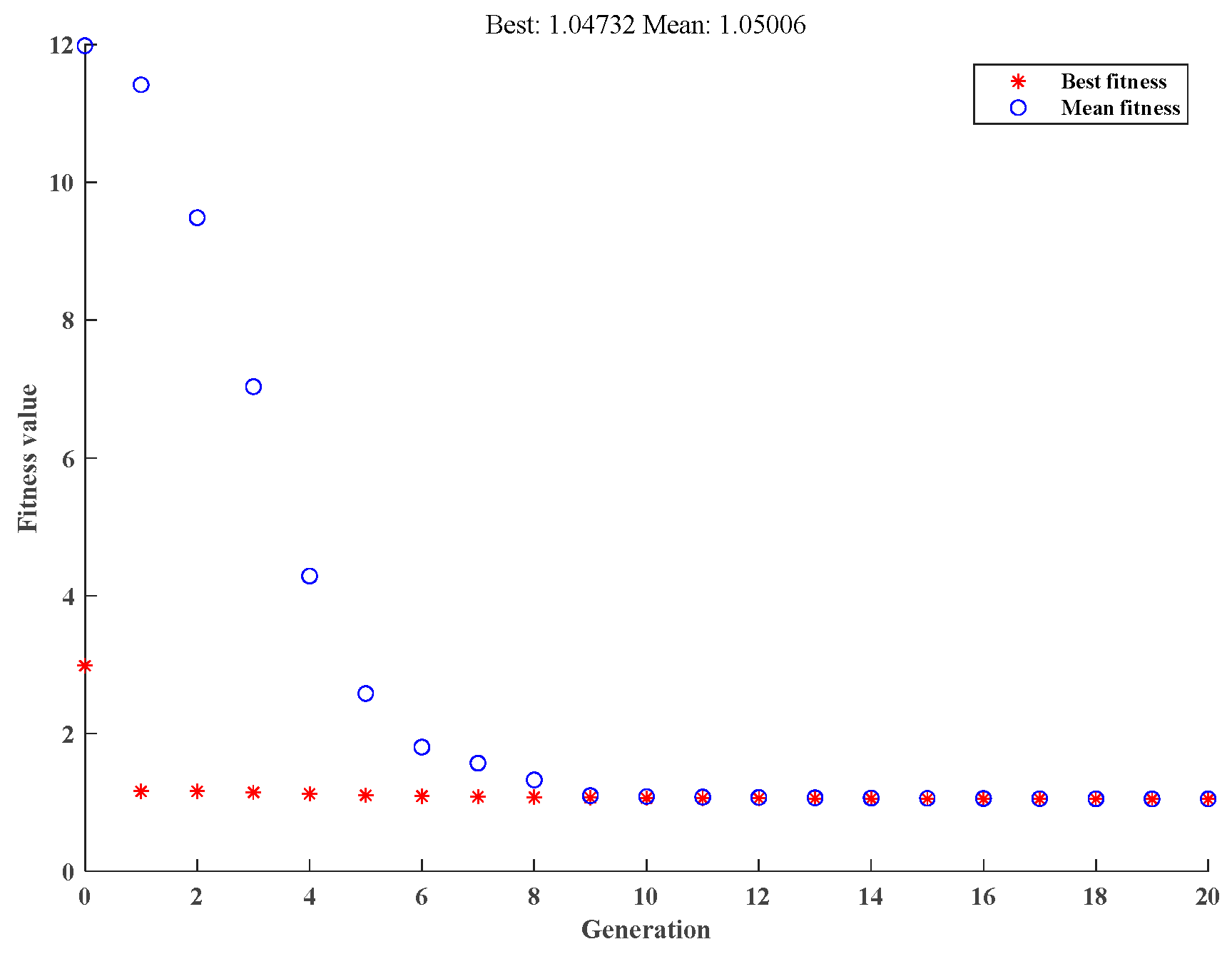

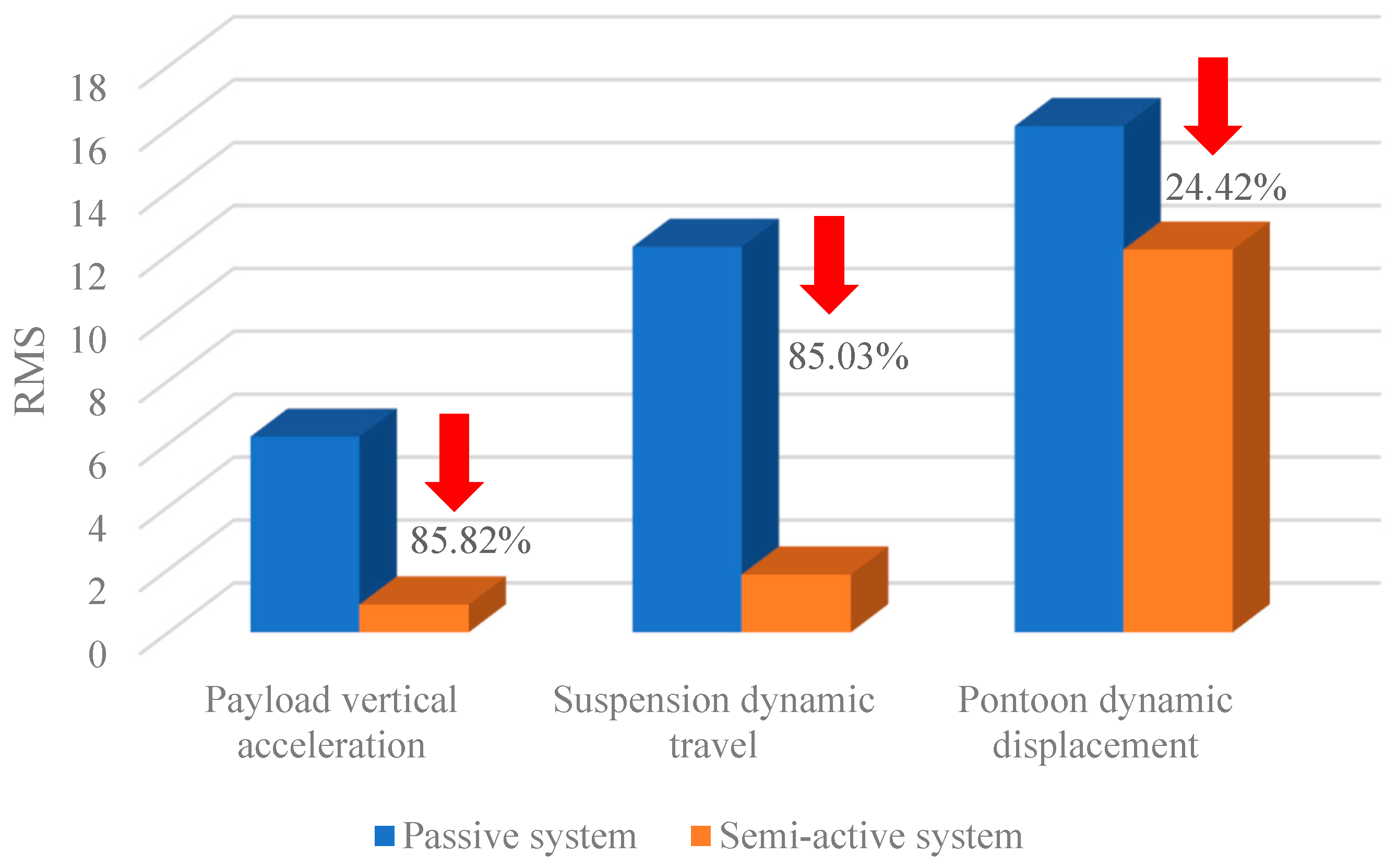
| Symbol | Value | Definition |
|---|---|---|
| ms | 13.5 kg | Mass of quarter payload |
| mu | 36 kg | Mass of half pontoon |
| ks | 4500 N/m | Suspension spring stiffness |
| bs | 294 Nm/s | Suspension damping coefficient |
| kp | 16,000 N/m | Pontoon equivalent stiffness |
| Parameter | Definition |
|---|---|
| Coding scheme | real number coding |
| Initial population | randomly generated in upper and lower limits |
| Population size | 100 |
| Elitecount | 10 |
| Crossover fraction | 0.4 |
| Ordering function | rank sort |
| Selection function | random consistent selection |
| Crossover function | crossoverheuristic |
| Mutation function | mutationadaptfeasible |
| Maximal generations | 20 |
| Stall generations | 20 |
| Function tolerance | 1.00 × 10−100 |
Disclaimer/Publisher’s Note: The statements, opinions and data contained in all publications are solely those of the individual author(s) and contributor(s) and not of MDPI and/or the editor(s). MDPI and/or the editor(s) disclaim responsibility for any injury to people or property resulting from any ideas, methods, instructions or products referred to in the content. |
© 2023 by the authors. Licensee MDPI, Basel, Switzerland. This article is an open access article distributed under the terms and conditions of the Creative Commons Attribution (CC BY) license (https://creativecommons.org/licenses/by/4.0/).
Share and Cite
Li, J.; Li, Z.; Wu, Y.; Xiong, X.; Li, Z.; Xiong, W. Research on High-Speed Catamaran Motion Reduction with Semi-Active Control of Flexible Pontoon. J. Mar. Sci. Eng. 2023, 11, 1747. https://doi.org/10.3390/jmse11091747
Li J, Li Z, Wu Y, Xiong X, Li Z, Xiong W. Research on High-Speed Catamaran Motion Reduction with Semi-Active Control of Flexible Pontoon. Journal of Marine Science and Engineering. 2023; 11(9):1747. https://doi.org/10.3390/jmse11091747
Chicago/Turabian StyleLi, Jiong, Zheng Li, Yongkang Wu, Xianqi Xiong, Zhi Li, and Wei Xiong. 2023. "Research on High-Speed Catamaran Motion Reduction with Semi-Active Control of Flexible Pontoon" Journal of Marine Science and Engineering 11, no. 9: 1747. https://doi.org/10.3390/jmse11091747
APA StyleLi, J., Li, Z., Wu, Y., Xiong, X., Li, Z., & Xiong, W. (2023). Research on High-Speed Catamaran Motion Reduction with Semi-Active Control of Flexible Pontoon. Journal of Marine Science and Engineering, 11(9), 1747. https://doi.org/10.3390/jmse11091747







